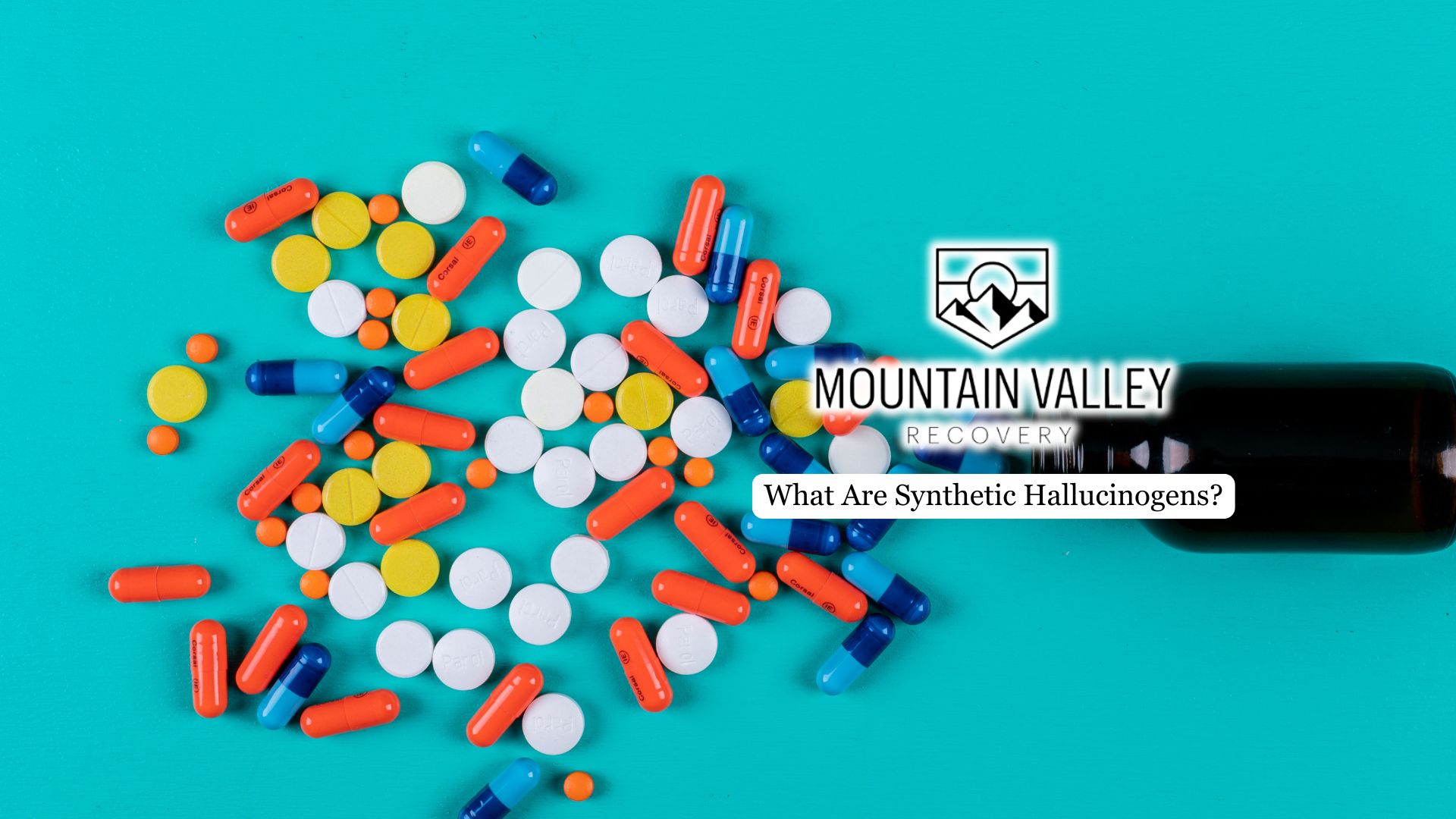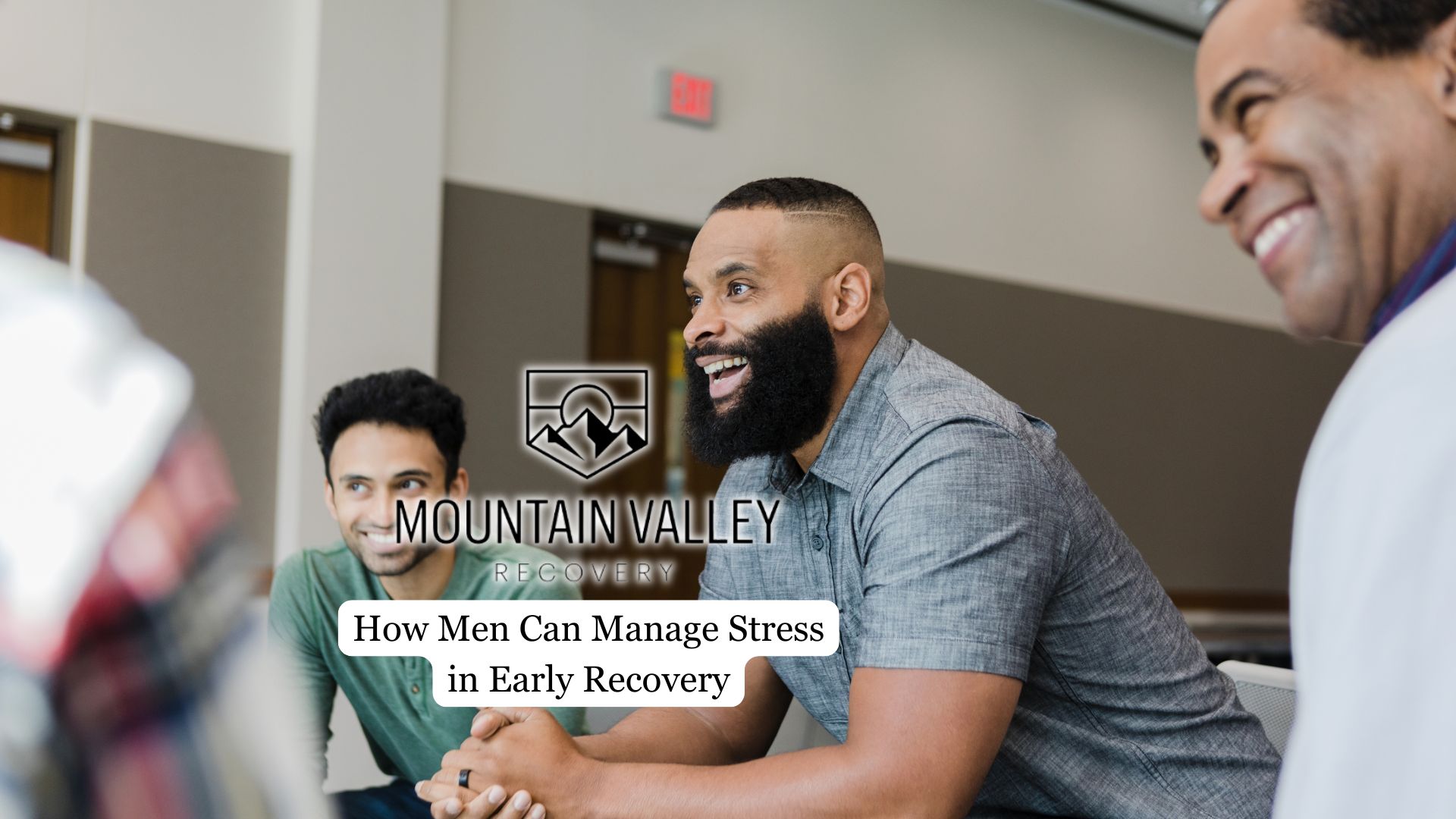The rise of lab-created drugs has introduced new challenges in the world of substance use. Unlike traditional hallucinogens that come from natural sources, synthetic versions are made with shifting chemical formulas that are often unpredictable. This uncertainty increases the potential for severe health risks and long-term consequences.
In this article, we will look at the growing presence of synthetic hallucinogens, their effects on the brain, the dangers they pose, and why awareness is crucial in today’s ever-changing drug landscape.
Understanding Synthetic Hallucinogens
Synthetic hallucinogens belong to a class of drugs that alter perception, mood, and cognition. They are commonly referred to as “designer drugs” because chemists modify their molecular structure to produce psychoactive effects while attempting to bypass legal restrictions. Common types include synthetic versions of LSD (such as NBOMe compounds), tryptamines, and newer substances that are often sold under misleading names. These substances can be significantly more potent than their natural counterparts, increasing the risk of overdose, poisoning, and psychological distress.
Many are distributed as powders, liquids, or blotter tabs, making it difficult for users to judge the strength of what they are consuming. Unlike natural hallucinogens, which have been used in controlled or cultural contexts for centuries, these are unpredictable in both effect and duration. This lack of consistency adds to their danger and complicates emergency treatment in overdose situations. For individuals struggling with repeated use, these risks can lead to patterns of addiction and ongoing harm, making professional rehab programs an essential pathway for safe recovery and long-term stability.
How Synthetic Hallucinogens Affect the Brain
The primary mechanism of synthetic hallucinogens is their interaction with serotonin receptors in the brain. Serotonin is a neurotransmitter that influences mood, perception, and sensory processing. Overstimulating these receptors can distort visual and auditory perception, intensify emotions, and alter a person’s sense of time and reality. The overstimulation may also lead to confusion, hallucinations, or dissociation.
However, the unpredictability of their chemical makeup often leads to highly variable effects. One dose may produce mild euphoria, while another from the same batch may trigger extreme anxiety, paranoia, or psychosis. Some individuals report lingering flashbacks and disorientation long after the drug has left their system. This level of unpredictability makes it particularly dangerous, as even experienced users cannot predict how their body will react.
Risks and Health Concerns
One of the most serious dangers of synthetic hallucinogens is their lack of regulation. Because they are produced illegally or in unregulated labs, users often do not know the exact chemical composition or dosage. Even small amounts can trigger severe physical reactions, including seizures, dangerously high blood pressure, rapid heart rate, or dangerous changes in body temperature.
Psychological risks are equally concerning. It may induce panic attacks, suicidal thoughts, or long-term mental health conditions such as persistent psychosis or hallucinogen-persisting perception disorder (HPPD). In some cases, the effects are so severe that hospitalization and long-term psychiatric care are required.

Addiction and Dependence Potential
While synthetic hallucinogens are not always considered physically addictive in the way opioids or stimulants are, they can be psychologically habit-forming. Men, in particular, may develop a compulsion to use them repeatedly in search of altered states of consciousness or as a way to cope with stress, trauma, or emotional pain. Over time, frequent use may lead to tolerance, where higher doses are needed to achieve the same effects.
This pattern of repeated use increases the likelihood of dangerous overdoses and creates a cycle of dependence that is difficult to break without professional help. For men who are also struggling with co-occurring mental health conditions, such as depression or anxiety, the risk of misusing these substances as a form of self-medication can be even greater, underscoring the need for specialized, male-focused recovery programs.
Treatment and Recovery Options
Recovery from synthetic hallucinogen use typically requires a combination of medical supervision and therapeutic support. Detoxification helps individuals manage acute symptoms and stabilize physically, while therapies such as cognitive behavioral therapy (CBT) and dialectical behavior therapy (DBT) address underlying psychological challenges. Group support, such as peer-led recovery meetings, can provide encouragement and accountability during early recovery stages.
Because these can trigger lasting changes in perception and mood, a comprehensive treatment plan must also address long-term mental health needs. Relapse prevention strategies, mindfulness training, and family therapy are often incorporated to build resilience and improve coping skills. Treatment is most effective when tailored to each individual, accounting for both the physical and psychological effects of drug use.
Final Thoughts from Mountain Valley Recovery
Synthetic hallucinogens are unpredictable and potentially dangerous substances that can severely impact both mental and physical health. Their man-made nature, combined with high potency and unknown composition, makes them especially risky compared to natural hallucinogens. Awareness and education are essential in reducing the harm these substances cause.
At Mountain Valley Recovery, we recognize the complex challenges that synthetic hallucinogens present. Our men’s rehab program in Utah is designed to provide safe, evidence-based treatment that addresses both substance use and mental health needs. Through structured care, personalized therapy, and a supportive environment, we help individuals build a sustainable path to recovery and long-term wellness.





